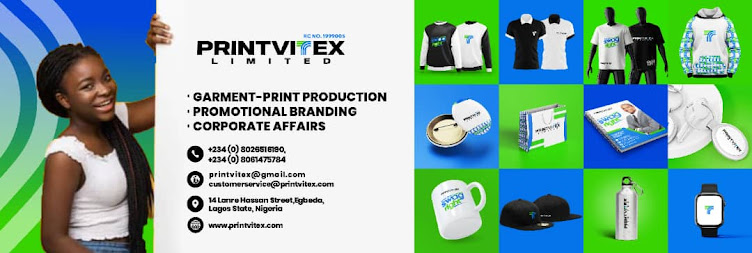Teachers are the unsung heroes of our time, known for their role in educating and shaping young minds. While their influence within the classroom is undeniable, we often overlook the broader societal impact they have.
Quite a number of individuals and public figures credit their success to the guidance and mentorship of a teacher due to values, critical thinking, and leadership skills that transcend academics. Teachers also inspire creativity and passion in their students as the guidance and encouragement of a teacher can set students on a path of self-discovery.
So we've crafted daily actions that aim to honour teachers and elevate our own appreciation for education throughout the entire month of October.
At Printvitex Limited, we believe in more than just providing promotional merchandise; we're passionate about creating exceptional brand experiences and nurturing lasting impressions.
Let's make October extraordinary!
Day 1: Less Negativity, More Gratitude: Replace negative thoughts with thoughts of gratitude for educators.
Day 2: Less Screen Time, More Reading: Spend less time on screens and more time reading a book or article.
Day 3: Less Complaining, More Encouraging: Replace complaints with words of encouragement for teachers.
Day 4: Less Busywork, More Learning: Dedicate less time to busywork and more time to self-improvement through learning.
Day 5: Less Distraction, More Focus: Minimize distractions and focus on a task that improves your skills or knowledge.
Day 6: Less Judging, More Understanding: Refrain from passing judgment and seek to understand the challenges teachers face.
Day 7: Less Taking, More Giving: Give back to the education community in any way you can.
Day 8: Less Wasting, More Recycling: Reduce waste and recycle responsibly to protect the environment.
Day 9: Less Noise, More Reflection: Find moments of quiet reflection to appreciate the value of education.
Day 10: Less Indifference, More Involvement: Get involved in an educational initiative or support a teacher's project.
Day 11: Less Impatience, More Patience: Practice patience and understanding, especially when dealing with educational challenges.
Day 12: Less Criticism, More Constructive Feedback: Replace criticism with constructive feedback to support educators' growth.
Day 13: Less Self-Centeredness, More Empathy: Cultivate empathy and consider the perspectives of teachers and students.
Day 14: Less Taking for Granted, More Appreciation: Reflect on the things you may take for granted in education and express your appreciation.
Day 15: Less Procrastination, More Action: Tackle a task you've been putting off that can contribute to your personal growth.
Day 16: Less Excess, More Simplification: Simplify your life by decluttering or reducing excess possessions.
Day 17: Less Noise, More Silence: Seek moments of silence to calm the mind and appreciate the power of education.
Day 18: Less Blame, More Responsibility: Take responsibility for your role in promoting education and making a positive impact.
Day 19: Less Isolation, More Connection: Connect with educators or educational organizations to learn about their experiences.
Day 20: Less Fear, More Courage: Face a fear or challenge related to education with courage and determination.
Day 21: Less Ignorance, More Learning: Dedicate time to learn about a specific educational topic or issue.
Day 22: Less Stress, More Self-Care: Prioritize self-care to reduce stress and promote overall well-being.
Day 23: Less Prejudice, More Inclusivity: Challenge your own biases and promote inclusivity in education.
Day 24: Less Clinging to Routine, More Adaptability: Embrace change and adaptability in your approach to education and life.
Day 25: Less Regret, More Forgiveness: Forgive yourself for past mistakes or missed opportunities related to education.
Day 26: Less Hesitation, More Support: Offer support or assistance to a teacher or educational institution in need.
Day 27: Less Talking, More Listening: Listen actively to the perspectives and stories of educators and students.
Day 28: Less Cynicism, More Hope: Cultivate hope and optimism about the future of education.
Day 29: Less Inaction, More Advocacy: Take concrete steps to advocate for positive changes in education.
Day 30: Less Doubt, More Confidence: Boost your confidence in your ability to contribute to education in a meaningful way.
Day 31: Less Endings, More Beginnings: Embrace the end of the month as a new beginning for your continued support of education.

.png)









